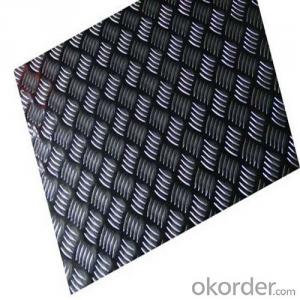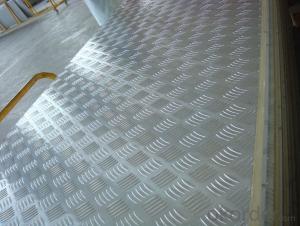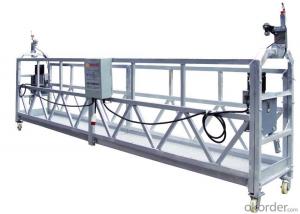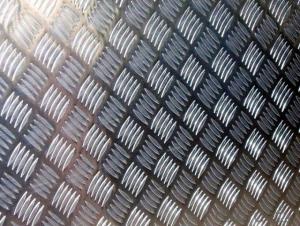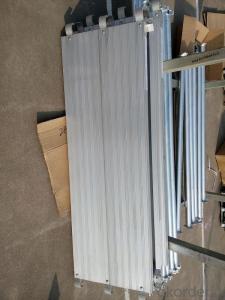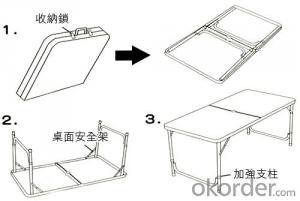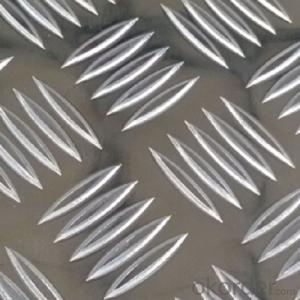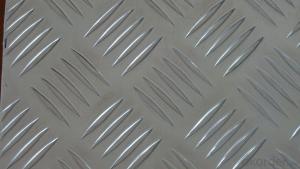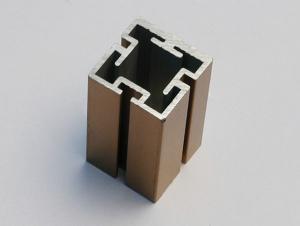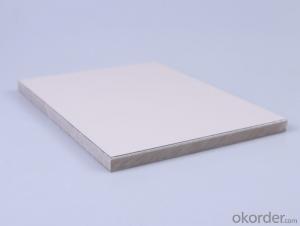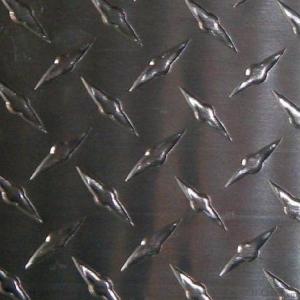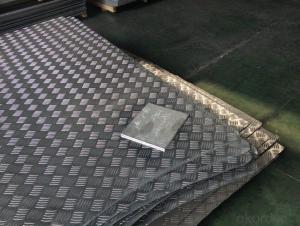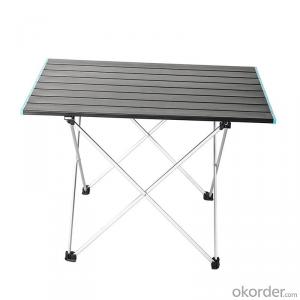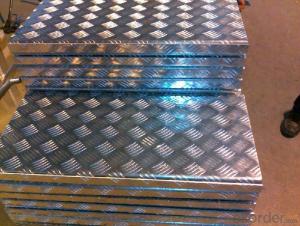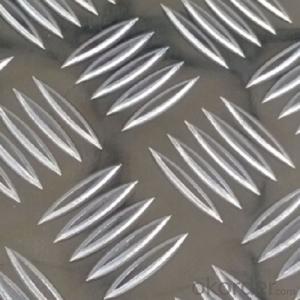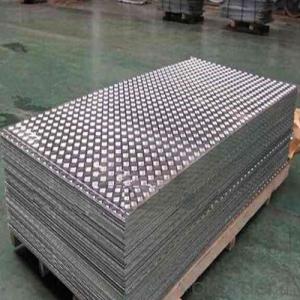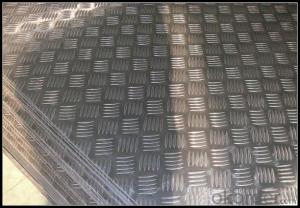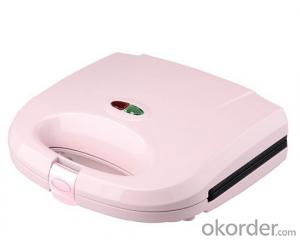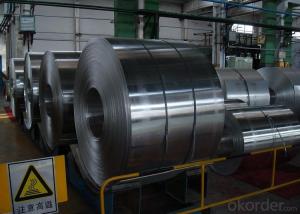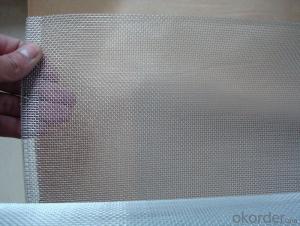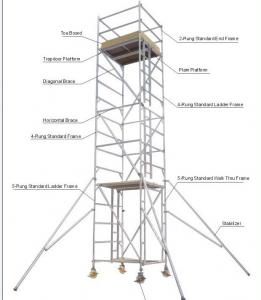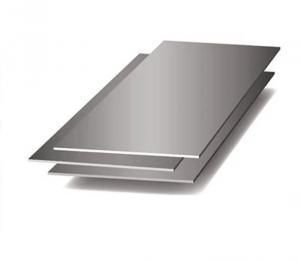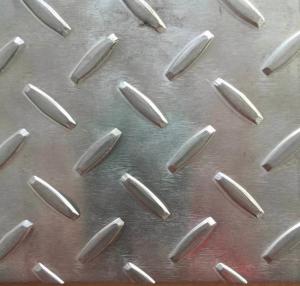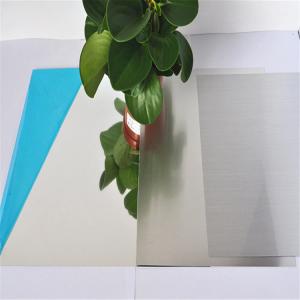Aluminum Skid Plate Jeep Jk
Aluminum Skid Plate Jeep Jk Related Searches
Jeep Tj Aluminum Skid Plate Tj Aluminum Skid Plate Aluminum Skid Plate Fj Cruiser Aluminum Skid Plate Aluminum Anti Skid Plate Ktm Aluminum Skid Plate Ford Focus Aluminum Skid Plate E46 Aluminum Skid Plate Trd Aluminum Skid Plate Wraith Aluminum Skid Plate Aluminum Jig Plate Tacoma Aluminum Skid Plate Rzr Xp 1000 Aluminum Skid Plate Aluminum Skid Plate Tacoma Focus Rs Aluminum Skid Plate Jig Plate Aluminum Focus St Aluminum Skid Plate Mazda 3 Aluminum Skid Plate Aluminum Skid Plate Thickness Non Skid Aluminum Plate Rci Aluminum Skid Plate Axial Wraith Aluminum Skid Plate Scx10 Aluminum Skid Plate S10 Aluminum Skid Plate E Revo 2.0 Aluminum Skid Plate E92 M3 Aluminum Skid Plate Aluminum Kick Plate Kick Plate Aluminum Aluminum Diamond Plate Nj Aluminum Skid Plate 4runnerAluminum Skid Plate Jeep Jk Supplier & Manufacturer from China
Aluminum Skid Plate Jeep Jk is a specially designed protective accessory for Jeep JK models, made from high-quality aluminum material to ensure durability and strength. This skid plate is engineered to safeguard the vehicle's undercarriage from potential damage caused by off-road obstacles, such as rocks, debris, and other hazards. It is an essential component for Jeep enthusiasts who frequently venture off the beaten path, providing an extra layer of protection for their beloved vehicles.The Aluminum Skid Plate Jeep Jk is widely used in various off-roading scenarios, including rock crawling, desert racing, and trailblazing. By installing this skid plate, Jeep JK owners can confidently tackle challenging terrains without worrying about the potential damage to their vehicle's undercarriage. This skid plate not only protects the vehicle but also enhances its overall performance and longevity, making it a must-have accessory for any serious off-roader.
Okorder.com is a reputable wholesale supplier of the Aluminum Skid Plate Jeep Jk, offering a vast inventory of this essential accessory. As a leading online platform, Okorder.com ensures that customers have access to high-quality products at competitive prices. By partnering with reliable manufacturers, Okorder.com guarantees that the Aluminum Skid Plate Jeep Jk available on their platform meets the highest industry standards, providing Jeep JK owners with a reliable and effective solution for their off-roading needs.
Hot Products



